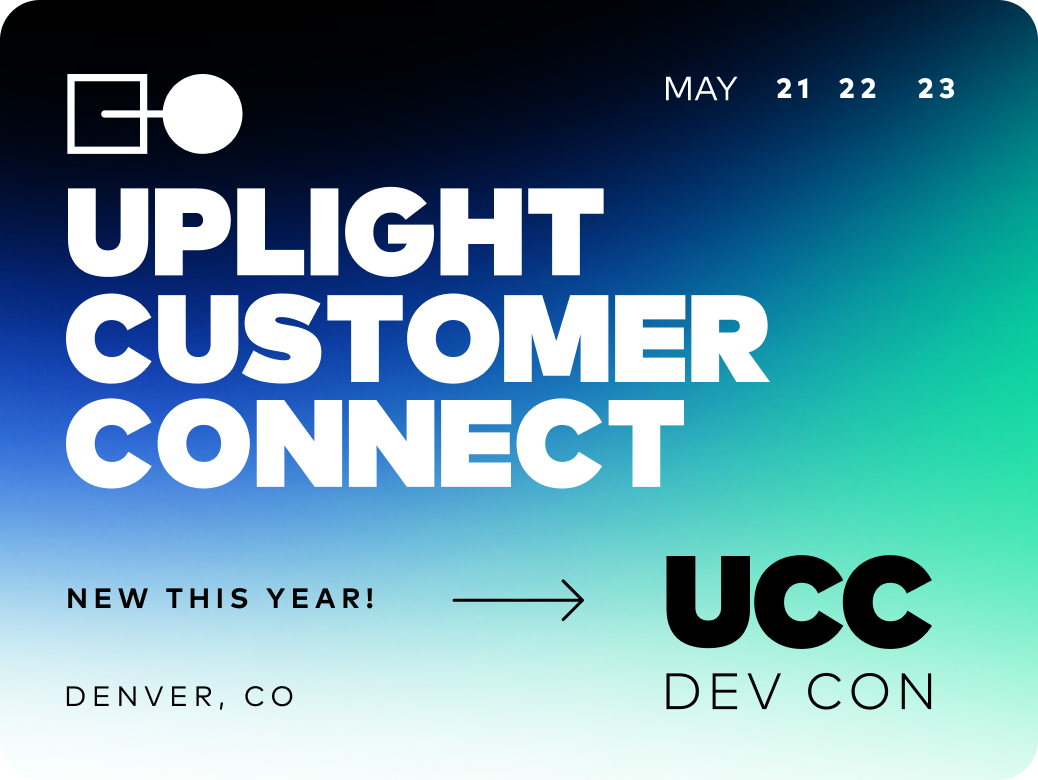The Uplight Marketplace squad has just recovered from another exhilarating and successful Black Friday/Cyber Monday season. Utility marketplaces are one-stop-shops for energy-related products and services–representing a unique opportunity for utilities to provide unexpected value to their consumers. Marketplaces are also one of the most efficient tools available for driving energy efficiency savings, and for improving customer satisfaction. That is – when they’re done right!
Here at Uplight, we’re proud to be the industry-leader in utility-branded marketplaces with over 90 utility customers including 30 Marketplace customers. And the Black Friday/Cyber Monday season is by far the busiest for our squads, requiring all hands on deck to ensure success. Here are three takeaways that we’ll be incorporating into delivering our marketplaces in 2020.
Do More Than Email with Diversified Channel Marketing
Unfortunately, the motto “If you build it, they will come”, doesn’t hold true when it comes to ecommerce, even utility-branded marketplaces. Consumers are faced with overwhelming choices when it comes to their shopping decisions, and even though utilities provide a trusted brand, customers can buy energy-related products from a variety of retailers.
Successful marketplaces make use of a diversified channel marketing strategy that puts engaging, timely, and relevant content in front of consumers’ eyes when and where they’re most likely to make these key shopping decisions. It’s become especially apparent that email alone isn’t enough. In fact, email represented just 30% of traffic to Uplight marketplaces this Black Friday, whereas digital media sources such as Facebook, Google Adwords, and Google Shopping combined to make up 42% of traffic. Also, we’ve found that as many as 50% of our purchasers that originated from digital marketing were not currently opted-in to their own utility’s email marketing – a huge incremental reach and opportunity for utilities.
That said, it’s important to recognize that each of these channels work in concert to reinforce the offer and message. It’s commonly held that people need to see a message at least 7 times on average before making a purchase, and a diversified channel marketing strategy will engage the customer through multiple touchpoints. And, even though other channels can yield higher results, it’s too early to ring the death knell on email. Email strategies simply need to be even more timely, even more personalized, and highly engaging.
Driving Customer Value Beyond Smart Thermostats
All the work that goes into driving traffic to a utility marketplace is ultimately only as successful as the value that can be generated from each visit. An energy efficiency rebate on a smart thermostat is a tried and true offer that consumers love. Rebate savings, stacked on top of manufacturer promotions and supported by utility-branded marketing are a winning combination – but how can marketplaces drive value beyond smart thermostats?
One of the simplest ways to drive more customer value is simply to attach more products and offers and to drive bigger shopping carts for each customer shopping the marketplace. As awareness for connected home products and particularly voice assistants continues to increase, each smart thermostat customer represents a great opportunity to introduce additional connected products. This holiday season, Uplight was able to leverage an enhanced user experience to drive big improvements on purchase attachment rates. Over 40% of smart thermostat purchases on Uplight marketplaces also included a connected home device.
Importantly, customer value upsell and cross-sell opportunities are not limited to just physical products. At Uplight, we’ve also shown great success by bundling Marketplace products with utility rate and program enrollment. Several Uplight’s marketplaces offer bundled Demand Response Pre-Enrollment with smart thermostats; on average, nearly 70% of thermostat purchases included enrollment in the demand response program, which is unprecedented for demand response programs! Not only does bundled enrollment help utilities meet their program goals, but it also drives higher customer satisfaction. as J.D. Power has shown higher customer satisfaction scores when a customer is aware of one or more utility programs, and that “creating awareness and motivating customers to engage with new energy programs, products and services is a huge opportunity for utilities to improve customer satisfaction”. Marketplace customers have been proven to be highly engaged and very likely to participate in additional programs, making marketplaces a highly-efficient lead-generation tool for utilities. The value and opportunity extend well beyond the smart thermostat.
Let’s Chat About Service Now!
Lastly, it’s critical for marketplace operators to provide thoughtful customer care and support in order to help customers navigate their purchase and enrollment decisions. At Uplight, customer care is available Monday through Friday, 7am-7pm Mountain Time. During key shopping periods like Cyber Monday and Black Friday, these hours are extended to cover the most common shopping times. Providing this level of support is a major commitment, but customers increasingly expect support in real-time. Live chat now represents more than 55% of inbound customer contacts for Uplight marketplaces, reflecting changing customer communication preferences. Nearly 70% of Uplight Marketplace visitors now come from mobile devices, so it’s critical to ensure that user experience, payment options and customer support are designed with a mobile-friendly perspective.
By diversifying channels and relying less on email, bundling other products, programs and services with purchases, and providing dedicated support that includes chat, utilities can get even more value from their marketplaces while providing customers with a consistent customer experience. These best practices are applicable to all times of the year, extending well beyond Black Friday and Cyber Monday.





